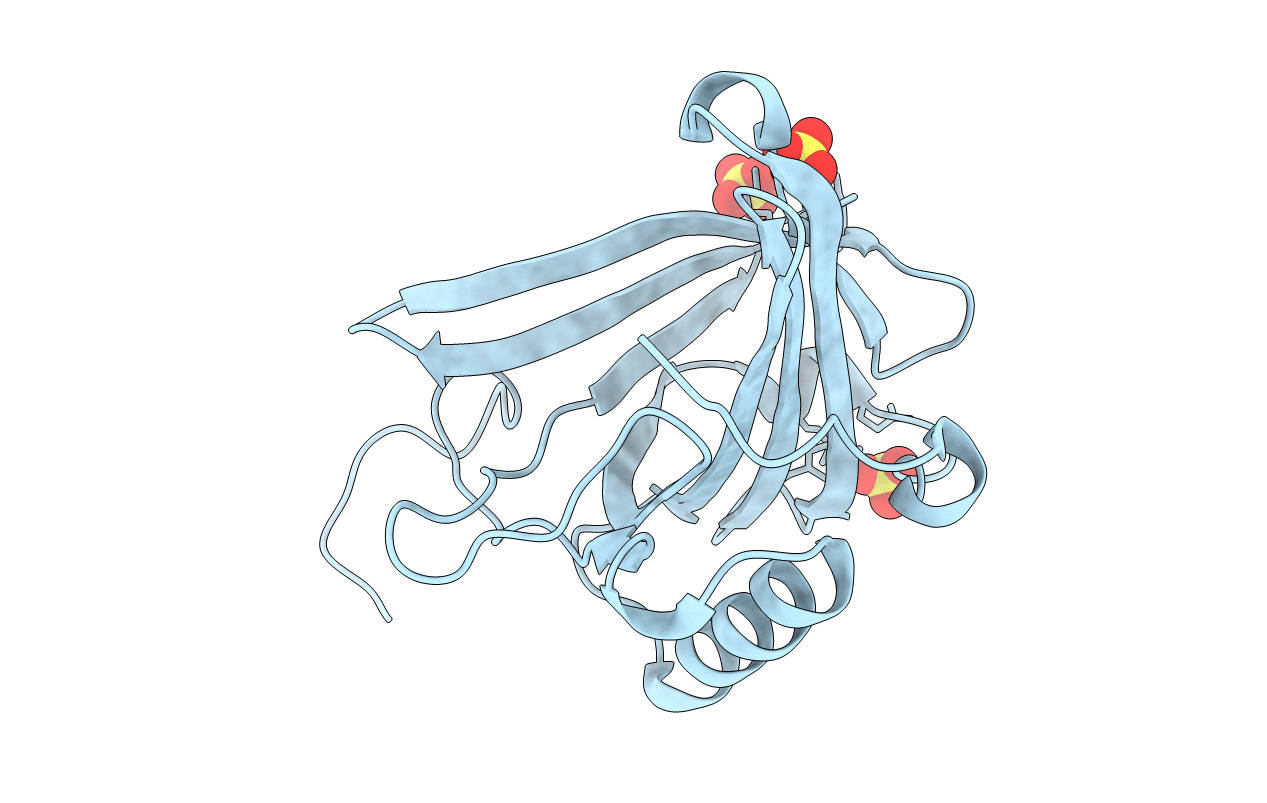
Deposition Date
2016-11-24
Release Date
2017-10-11
Last Version Date
2024-10-16
Entry Detail
PDB ID:
5MHH
Keywords:
Title:
Crystal structure of engineered human lipocalin 2 carrying p-boronophenylalanine at position 36
Biological Source:
Source Organism:
Homo sapiens (Taxon ID: 9606)
Host Organism:
Method Details:
Experimental Method:
Resolution:
2.00 Å
R-Value Free:
0.23
R-Value Work:
0.18
R-Value Observed:
0.18
Space Group:
I 4


